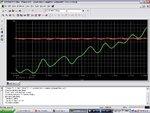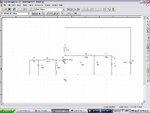goldsmith
Advanced Member level 6
- Joined
- Dec 14, 2010
- Messages
- 3,981
- Helped
- 741
- Reputation
- 1,486
- Reaction score
- 726
- Trophy points
- 1,413
- Location
- Tehran - IRAN
- Activity points
- 24,546
Hello Dear All
I know that how is the calculations of a class C amplifier . but i wondering , that how is the calculations of input impedance of transistor ( just transistor ) at class c amplifiers ?
Thanks in advance
Goldsmith
I know that how is the calculations of a class C amplifier . but i wondering , that how is the calculations of input impedance of transistor ( just transistor ) at class c amplifiers ?
Thanks in advance
Goldsmith



